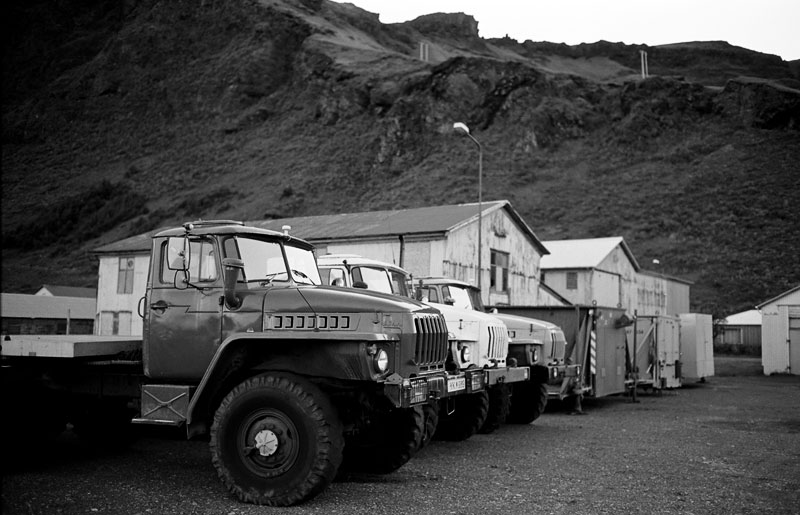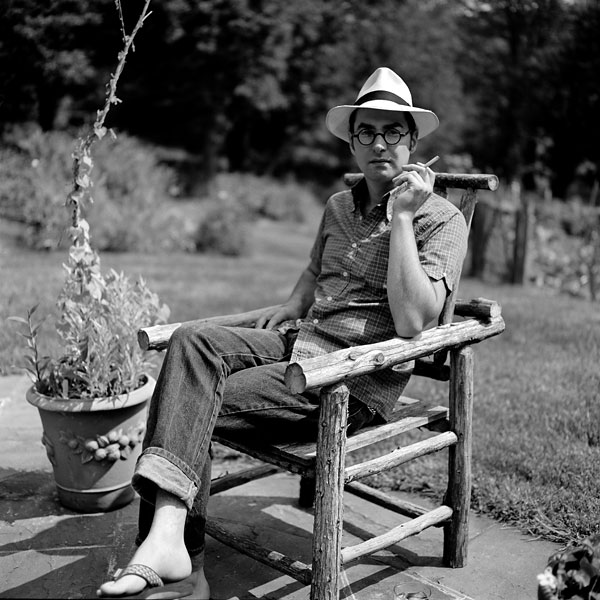Conner999,
You will find the exact same 3d effect in the ZM line like in the ZF line. I shoot both, as well as the Hasselblad line. The Sonnars have a remarkable 3D effect, and you should definitely try the C Sonnar 50/1.5 if you don't know this lens yet, as well as you could dig up the HFT 40/2.8 Sonnar for the Rollei RF, which, I believe could be used with an adapter on the M8 - jsuominen has some nice shots made with this lens on his flickr. I do not have the Sonnar 85 yet, and I am not totally convinced I want to buy one, as I prefer to shoot these FL on an SLR.
Next, the Planar 50/2 is a very 3d lens, and also a tremendous value for money. Then we enter into a hot territory: the Biogons - I thought for a long time, my best lens was the SWC/M Biogon 38/4.5, this has changed when I bought the C Biogon 21/4.5, this lens is as good as the SWC, but obviously has a much bigger resolving power, and above all the fantastic ZM T* coatings - this is the second incredible value lens in the ZM line. It is as 3d as the SWC/M, and here is a shot, just to make you see what I mean:
http://www.flickr.com/photo_zoom.gne?id=1459260603&context=set-72157602063137880&size=l
The 35/2 Biogon is a better lens than the 35/2 Distagon ZF, and above all it is much smaller:
http://www.flickr.com/photos/59177039@N00/1042302856/in/set-72157602216165509/,
you will get enough 3d effect with it as well:
http://www.flickr.com/photo_zoom.gne?id=1362510410&size=l
Finally, the 25/2.8 Biogon, which is probably optically the most balanced lens of the whole line, is in my opinion a benchmark lens for all wide angles, for the incredible clarity of images produced in a very equilibrated manner in terms of flatness of field, lack of distorsion, smooth in and out of focus and 3d - here's an example I like a lot:
http://www.flickr.com/photo_zoom.gne?id=1544162482&size=l
The only Biogon FL I do not have is the 28, as I have chosen a more compact Leica lens for this fl, but I do not believe you could go wrong with that one either.
There has been some lengthy debate on fredmiranda forums about the 3d effect of various lenses, and the conclusions have been, it has to do with both the construction philosophy, number of optical elements (the fewer the better) and glass types. Overall, the verdict has been, the Zeiss glass is particularly 3d, but some other brands produce occasionally outstanding 3d lenses as well, especially in the LF photography.






